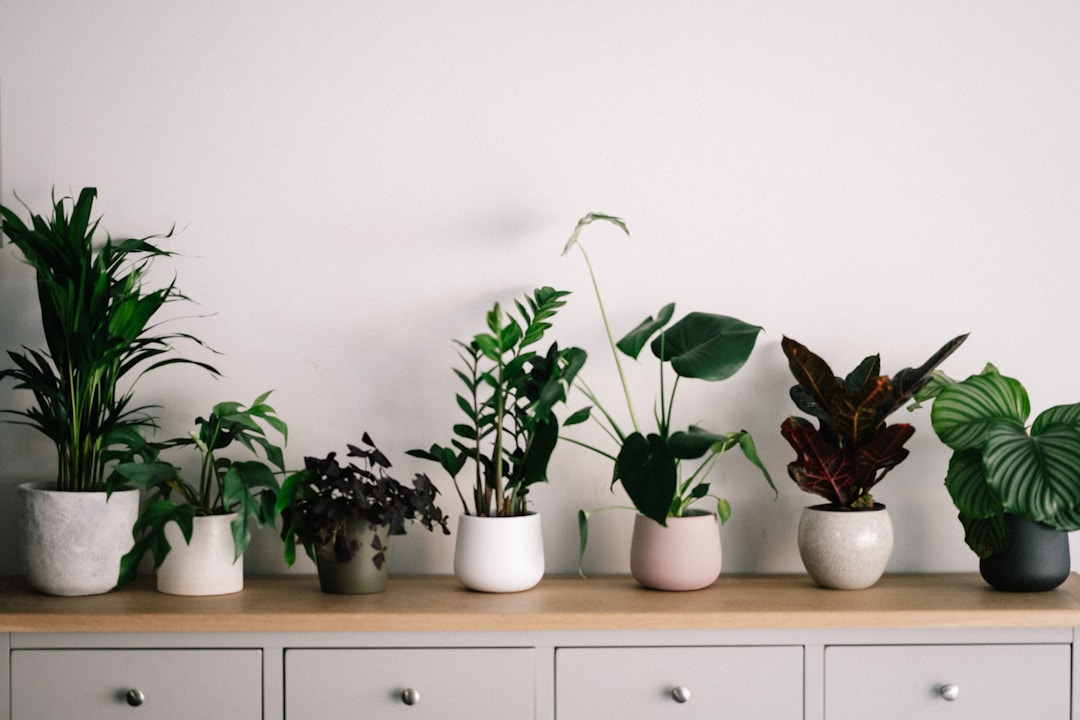Indoor air quality refers to the quality of the air inside a structure. Pollutants can reduce your indoor air quality, causing financial issues because air quality issues can be expensive to resolve.
Poor air quality can also cause health problems. People inside the building may be affected by headaches, fatigue, dry eyes, sore throats, dry skin, coughing, dizziness, and sneezing. Air quality issues can also trigger respiratory illnesses, such as asthma. Using these tips will help you improve the air quality inside your building, preventing expensive repairs needed to improve indoor air quality and health issues.
Have your air tested regularly.
One of the best ways to improve your indoor air quality is to pay for regular air quality tests. Certified heating, ventilation, and air conditioning (HVAC) technicians and climate control specialists perform inspections to check for signs of air quality issues, such as chronic or recurring health issues and odors. Qualified testers collect air samples and check for volatile organic compounds (VOCs). VOCs contain chemicals, and a high VOC level can indicate you need to have your fireplace cleaned or have materials that aren’t stored safely, such as paints and fuels, removed. Air quality testers also look for signs of mold.
An air test will confirm biological pollutants, such as mold, pet dander, bacteria, pollen, and dust mites. These tests will also determine if there are chemical pollutants present, such as formaldehyde, radon, and lead. Determining the cause of air quality problems ensures you take appropriate steps to resolve the issues instead of investing money in improvements that won’t correct your building’s issues.
Invest in regular HVAC system maintenance.
Your building’s HVAC system plays a crucial role in air management. Ducts connect your HVAC unit to supply and return vents. Return vents draw air into your HVAC system, where it’s heated or cooled before being sent back through the ducks to the supply vents. Dirty air filters trap pollutants that can be recycled throughout your home, including allergens such as pet dander and pollen. Mold and mildew can build up inside your HVAC system and be pushed throughout your home.
Certified HVAC technicians are experts who install, maintain, and fix HVAC systems. These experts can clean condenser coils and other components of your HVAC system, ensuring mold and mildew don’t build up inside the unit. They’ll also replace dirty air filters, which prevent your system from causing air pollution inside your building.
Your ducts are a significant potential cause of air quality issues because pollutants can build up inside your ducts. When your heating or air conditioning system blows air through the ducts, it can distribute pollutants throughout your home. Pet dander, dust mites, and allergens are all pollutants that can build up inside your ducts.
Add plants to your building.

Plants can have a significant impact on indoor air quality. Houseplants draw in carbon dioxide and convert it to oxygen, ensuring you’re breathing in fresh oxygen. Plants also ingest toxins and raise humidity levels. Low or high humidity levels enable bacterial growth, contributing to indoor air quality issues and health problems. Noxious chemicals also thrive in high humidity levels, posing additional health risks.
Establish rules to prevent indoor air pollution.

You can prevent indoor air quality issues with clear rules about conduct inside your building. Prohibit people from smoking inside your home. Opt for natural cleaners that don’t contain harsh chemicals. Don’t let people burn incense inside the building. Ensure you do crafts in a room with proper ventilation, and secure garbage in sealed containers to avoid attracting pests.
Prevent drafts.

You can protect your building’s indoor air quality by keeping outdoor air outside. Older windows and doors allow unwanted airflow. You can prevent drafts by installing new windows and doors or applying caulking around your windows to seal cracks. You can also prevent outdoor air from entering your home with weatherstripping and insulated curtains.
Improving your building’s indoor air quality will prevent health and financial issues and ensure the safety and comfort of those inside the building. You can improve your building’s indoor air quality by having the air regularly tested, maintaining your heating and cooling system, adding plants, creating rules to prevent indoor air pollution, and preventing drafts that allow outdoor air to enter your building.













